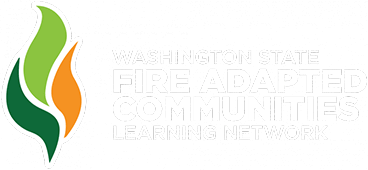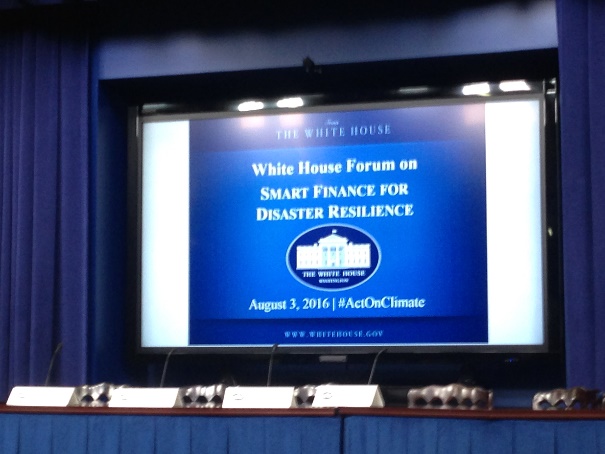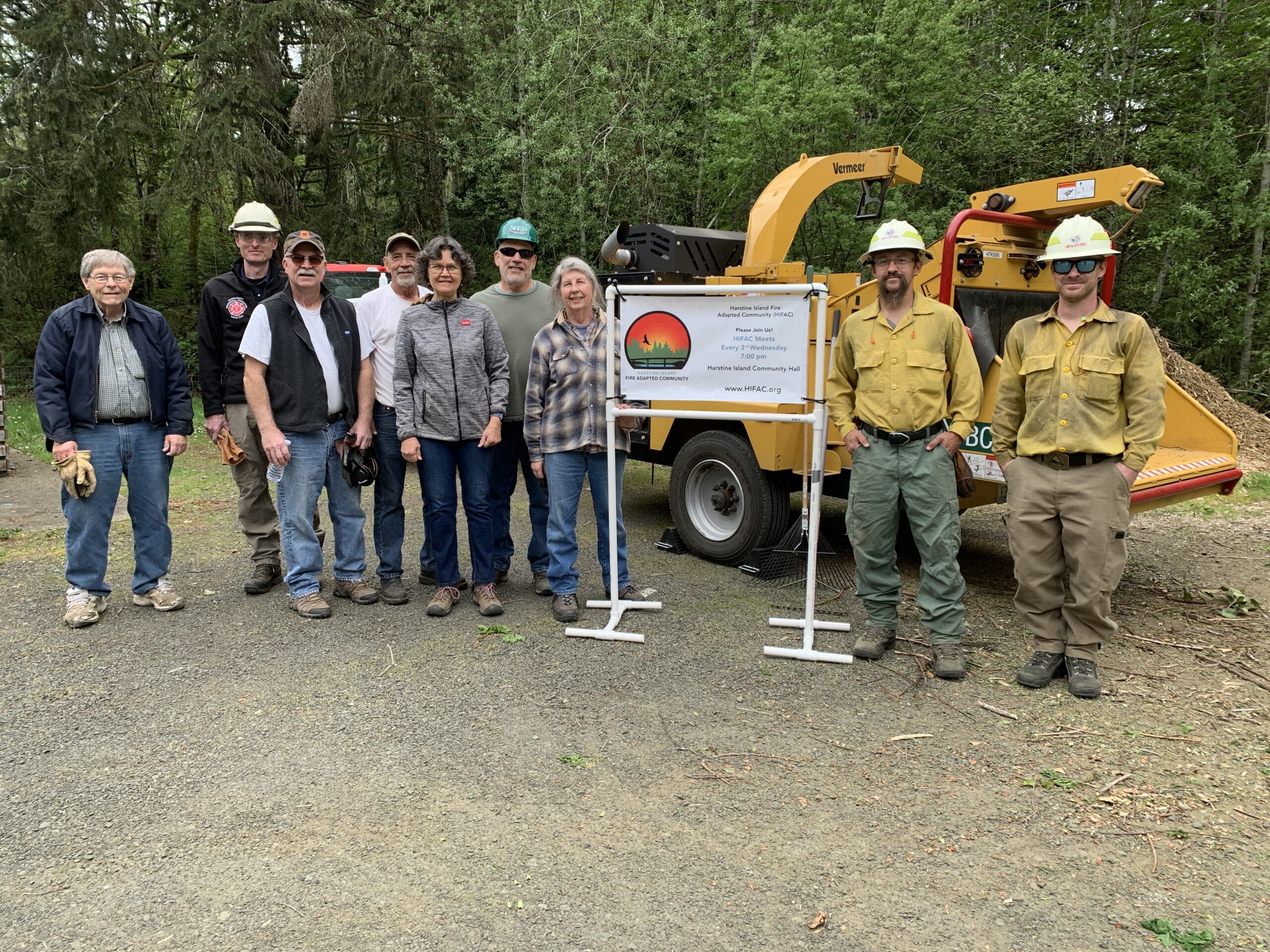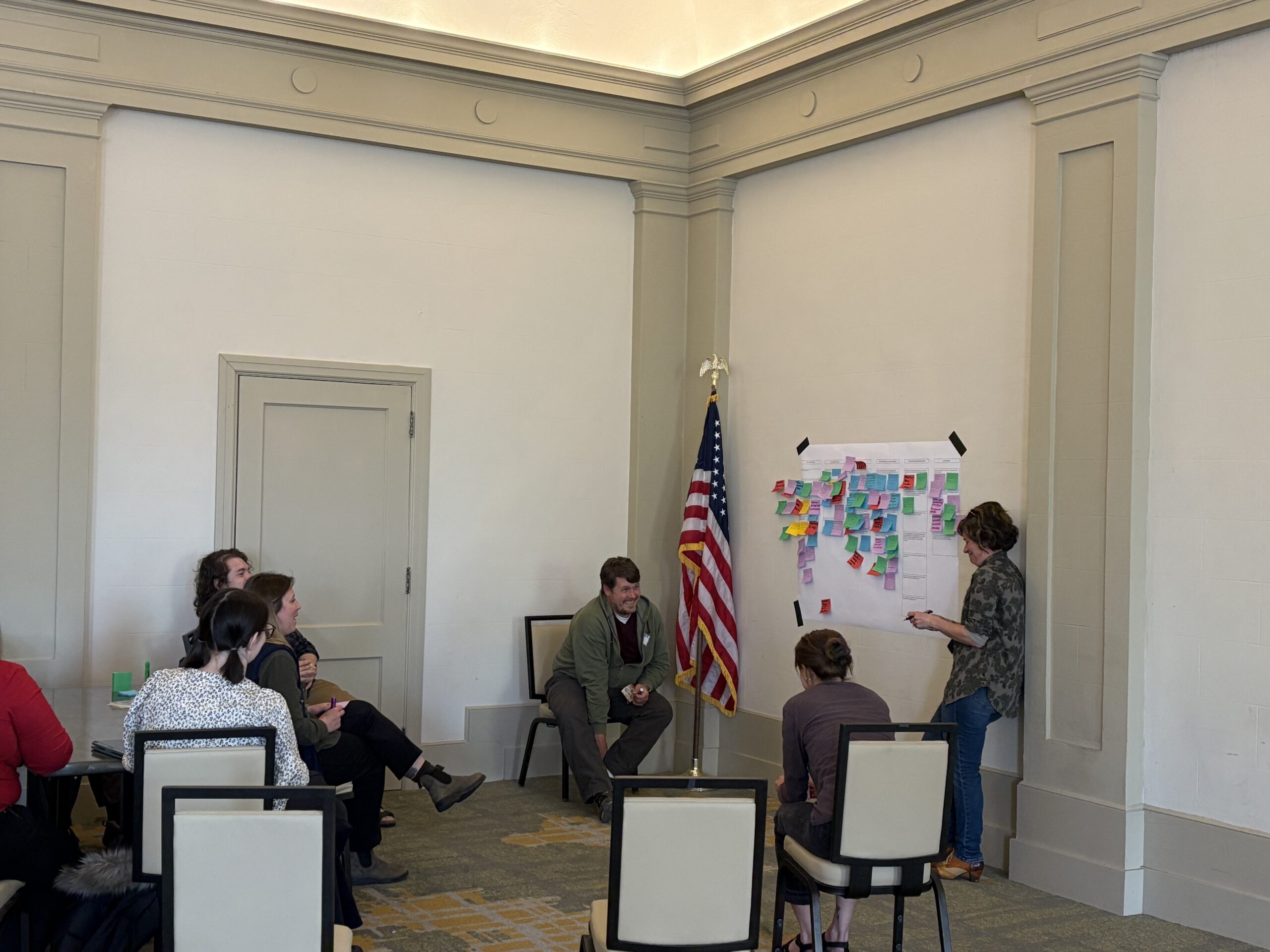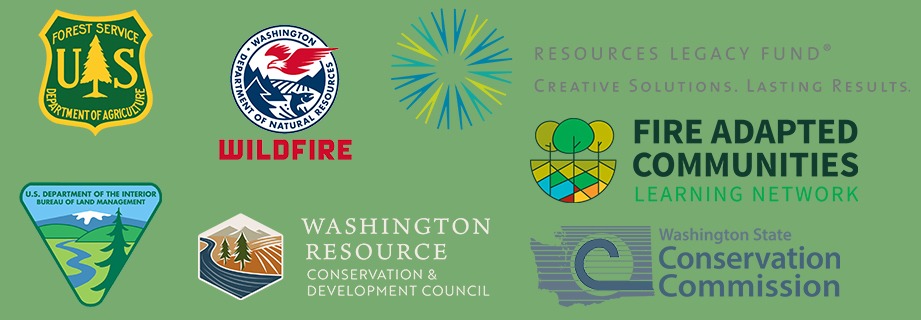At the end of July, 2016, I received an invitation to attend the White House Council on Environmental Quality’s Forum on Smart Finance for Disaster Resilience. The meeting highlighted innovative ways that states, local communities, and the private sector are investing in disaster resilience. The forum was introduced with a premise that we are all familiar with: global climate change impacts our economies, communities, and our environment in ways that we did not design for in the past. So, while it should remain a priority to reduce carbon emissions and develop more sustainable economic ventures, our reaction to a changing climate needs to include proactive steps that increase community resilience to a rapidly changing world. Sea level rise, increased heat, drought, flooding, increasing storm strength, and as we know, larger and longer wildfire seasons challenge us in new ways. Our thinking about resilience, and how to accelerate it must change also.
Resilience was the most prominent word of the day. Many of the participants in the forum were from areas affected by hurricanes and sea level rise. The WAFAC learning network team joined a small cadre whose interest was primarily wildfire. Regardless of the natural phenomenon creating a risk for communities and ecosystems, the organizers of the meeting had ensured that creative, solution oriented people attended in strong numbers. The White House CEQ Blog provides a nice overview of the meeting.
The forum’s agenda featured a keynote introduction by FEMA administrator Craig Fugate, a panel discussion from various experts, and break-out sessions examining different finance mechanisms for incentivizing and increasing resilience in communities affected by natural disasters. A key take away from Administrator Fugate’s statements was that climate change compels us to be leery of using data from the past to predict future outcomes.
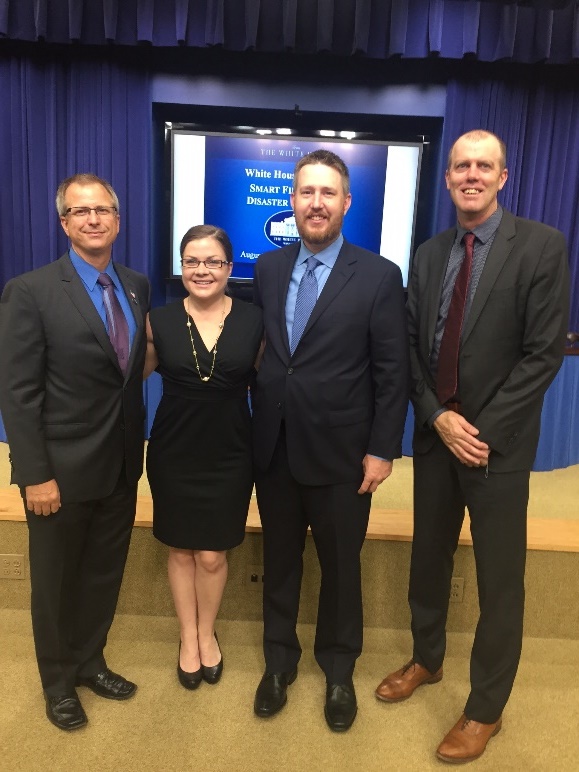
In the State of Washington, global climate change exacerbates our already challenging objective of living sustainably with wildfire. We know that the main catalysts for our challenge is increased and increasing wildland fuels surrounding increasing numbers of people living in wildland fire areas. A warming climate brings higher temperatures and less moisture to many areas of Washington State. This leads to longer fire seasons that stretch our response and recovery resources further than past data suggested. All of this together increases the need to accelerate resilience practices significantly.
Communities throughout Washington, in acknowledgement of their wildfire risk, are working on Firewise, Community Wildfire Protection Plans, new or updated WUI codes, natural hazard mitigation plans and many other innovations that reduce their risks from wildfire. There are increasing efforts to mitigate fuels on thousands of acres surrounding Washington communities, but to restore ecological values and increase our forestland resilience, we need to treat millions of acres. Accelerated financing is becoming a larger need. Sometimes, like everything else, creative solutions are better than existing alternatives.
The traditional funding route for many of our projects is often predictable. A local or state organization identifies projects, ideally through a recognized planning process such as a Natural Hazards Mitigation Plan or Community Wildfire Protection Plan. Then, the community applies for funding- usually from Federal or State organizations. If awarded, the project is completed. This process is predictable, useful, and has helped communities throughout the state complete a lot of important, valuable work.
Still, the challenge for Washington communities faced with uncertain increases in risk is to complete unpredictable but increasing amounts of work with a predictable and relatively light amount of financing. Several ideas were presented that may inspire Washington communities.
Tax incentives
- Tax free disaster savings accounts (like an IRA, but could be used for costs following a disaster)
- Tax breaks for investments in new roofs or other major capital investments to increase home survivability.
Insurance and mortgage rate incentives
- Insurance rate rebates that reward home and business owners for investing in resilient upgrades.
- My Strong Home provides up to $20,000 loans that are repaid with savings on insurance premiums.
Daniel Shermie, The Nature Conservancy’s (TNC) Strategy Director for Water Funds highlighted TNC projects that value protecting upstream source areas. Investments are made in Water Funds in order to protect a valuable asset for multiple industrial, municipal and other more intrinsic values. He highlighted the Rio Grande Water Fund. The Rio Grande Water Fund is a great example of a program that aligns non-traditional financing sources with the need for these sources to have clean water – which is one of the likely benefits of resilient landscapes. Also from the panel, Molly Urbina, from the State of Colorado talked about the Colorado Resiliency and Recovery Office.
The second half of the forum involved break-out sessions where participants could get more involved in discussion regarding one topic or the other. I chose to attend the layered approach. Many people emphasized their own programs around the table, and Richard Parrish and I were able to talk about resilience at a more human level. The forum and most of its participants focused mostly on home, business and infrastructure upgrades. I was happy and honored once again to have the opportunity to show off the WAFAC Network and its accelerated pace building resiliency at the community level and throughout our state. We are gratefully funded by one of those predictable mechanisms, but I believe our creative, network approach adds value beyond the fiscal investments from BLM and the State of Washington.
Other ideas, which could yield potentially much larger capital included Resilience Bonding. The idea here, if I am getting it correct, is that an investment service would issue a large resilience bond for an area like the state of Washington. The bond money would finance massive landscape treatments, home assessments and treatments, monitoring and maintenance of projects that significantly reduce risk for insurance companies. The repayment of the bond would come from insurance companies who, potentially, share in the proportional risk reduction that results from the work completed. This type of financing has the potential to leverage a very large sum of money and its success would depend on a very large amount of work being completed. Myself and Richard Parrish have had encouraging discussion with White House staff members and Re:Focus Partners about the potential to explore this further in Washington.
Innovative financing for pre-disaster mitigation should be a high priority for those of us that work and live in Washington State. In order to accomplish this, many of us will have to approach it the way we do with much of our ongoing work: working together, developing partnerships, assessing our successes and failures and moving forward together.
